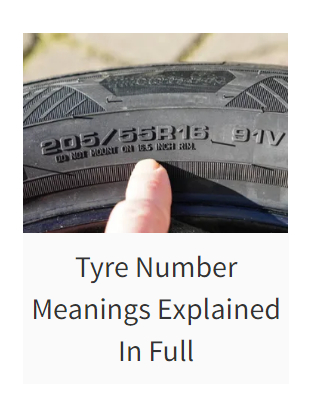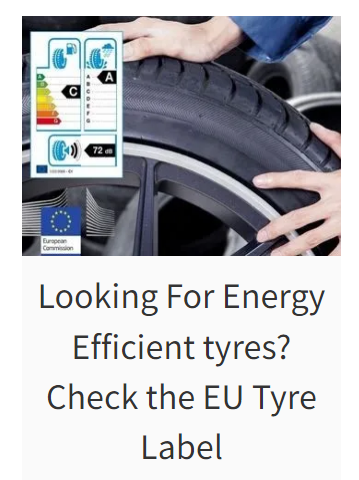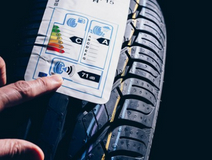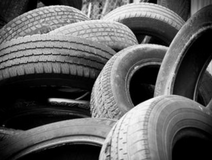
September 06, 2022
Using UTQG and EU Label When Buying Tyres
If you’re not a tyre expert, you may be wary about mechanics pushing certain brands that don’t meet your budget and needs.
But the good news is you can arm yourself with knowledge that helps you choose and compare tyres.
One of the ways to do this is by looking at a tyre’s UTQG ratings and EU label, which Tyroola will teach you how to read.
What are UTQG Ratings and EU Labels?
You can’t find the UTQG ratings and EU label on one tyre because UTQG is for tyres made in the United States, while the EU label is exclusively for European-manufactured tyres. Here is a quick overview of their other differences:
UTQG |
EU Label |
|
|---|---|---|
| Where to Find It | Engraved on the tyre’s sidewall | Attached as a label on the tyre |
| What It Rates | ✅Treadwear ✅Traction ✅Temperature resistance |
✅Fuel efficiency/Rolling resistance ✅Wet grip ✅Noise levels ✅Snow & ice safety |
| Mandatory for | Only passenger tyres | All tyres, including commercial tyres |
Now, let’s dig deep into each set of ratings.
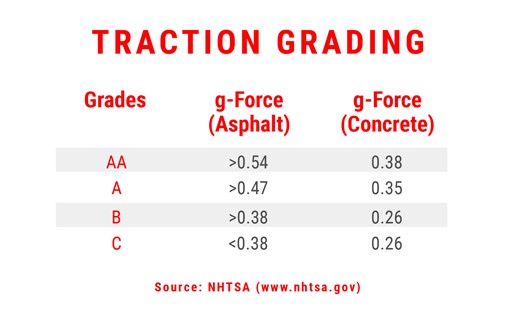
What is UTQG?
Developed by the Department of Transportation (DOT) and National Highway Traffic Safety Administration (NHTSA) in 1979, the UTQG stands for the United Tire Quality Grade ratings, which aim to give consumers helpful information when buying tyres.
What it rates:
• Treadwear
Treadwear tells you how long the tyre is likely to last. Its scores range from 100 to 1000, which you can find as a sidewall marking on your tyre. A road test measures this grade using a control tyre with a treadwear rating of 100. After 11,500 kilometres of driving, the testers compare the tyres. For example, if the tested tyre is projected to last seven times more than the control tyre, it is given a treadwear rating of 700.
• Traction
UTQG measures how efficiently the tyre brakes on wet surfaces, particularly concrete and asphalt. Ratings are expressed in letter form with AA as the highest grade or the most force applied by the tyre on a wet surface with locked brakes and C as the lowest grade with the least force applied by the tyre.
• Temperature Resistance
Frequent tyre build-up causes premature wear and may lead to blowouts and accidents. To learn a tyre’s heat-resisting abilities, the UTQG shows its temperature grade, with A as the highest and C as the lowest. An A rating means that the tyre can dissipate heat at a speed of above 185 kilometres per hour.
Temperature Grades |
Speeds in kph |
|---|---|
| A | Over 185 |
| B | Between 160 to 185 |
| C | Between 136 to 160 |

What is the EU Label?
The European Union & the European Tyre and Rubber Manufacturers Association (ETRMA) introduced the EU label in 2012. The EU Label got a makeover in 2021, adding two more categories and a QR code that leads to downloadable tyre information listed by the European Product Registry for Energy Labelling (EPREL). It also comes with a tyre type identifier that gives each tyre a unique designation.
What it rates:
• Fuel Efficiency & Rolling Resistance
Rolling resistance makes up the forces that act against your tyre to prevent it from spinning. The higher the rolling resistance, the more fuel your engine uses to make your vehicle move. The EU label gives five class ratings of A to E, with A having the lowest rolling resistance and highest energy efficiency.
• Wet Braking
Similarly, this category uses A as the highest score and E as the lowest. A tyre gets an A if it can quickly stop on wet surfaces when you fully step on the brakes. We all know that a few metres of braking distance can distinguish between safety and danger during emergencies.
• Noise Level
This category measures the external noise the tyre creates when you’re driving. A, B, and C ratings correspond to decibel values. Take note that a few decibels can significantly increase noise. For instance, 3 dB (decibels) can boost exterior noise by a whopping 100%.
• Three-Peak Mountain Snowflake Symbol (3PMSF)
A picture of a mountain with three peaks and a snowflake inside it signifies this rating. A 3PMSF symbol means that the tyre can accelerate in medium snow conditions and has better snow traction than tyres rated with M+S (mud and snow).
• Nordic Winter Tyres
Not that you need these tyres in Australia, but if you find yourself in Northern Europe and the North Atlantic, look out for the symbol that shows an ice stalagmite. Nordic Winter Tyres are exclusively for extreme winters and should not be used for milder conditions.
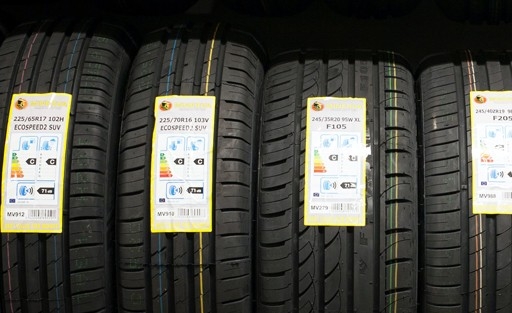
How Do You Buy Tyres Using UTQG Ratings and the EU Label?
Knowing what the pictograms, numbers, and letters mean, you can make a more informed decision when buying and comparing tyres. Here are a few more tips to make you an expert tyre shopper:
Know what you want.
Once you’re in the shop, you’ll be bombarded with choices of all sorts of brands and tyre models. To avoid being overwhelmed, list what you want in a tyre. Do you often drive on pavement or trails? Do you prioritise fuel economy? With these requirements in mind, you can choose tyres that suit your needs better.
Consider these ratings’ limitations.
The UTQG ratings and EU labels measure wet braking, but they don’t cover dry grip or braking, wet and dry cornering, or other capabilities. Also, the testing methods themselves are not uniform.
While the EU Label has a caveat that braking distances may be affected by driving conditions and other factors, there is no assigned body to measure the treadwear in the UTQG.
Manufacturers or commissioned testing companies conduct treadwear tests. With these limitations, experts recommend using these ratings when comparing tyres from the same manufacturer and not across brands.
Understand the labels.
While a few decibels can double the road noise stated on the EU label, the fuel efficiency grade has a minimal value increase across its classes. A to G ratings have a difference of 7.5%--which is smaller compared to the wet braking category, wherein the difference from an A score to G is more significant at about 30%.
Research on your own.
While these ratings may help you, it’s best to conduct additional research, Scroll through independent reviews, read Tyroola’s brand comparisons, and our detailed descriptions of various tyre models.
When in doubt, go for OEM.
You can always buy the same model as your ride’s OEM (original equipment manufacturer) tyres. These are the tyres that were fitted on your vehicle when it was brand new. Manufacturers stringently test OEM tyres to ensure they match vehicle specifications to maximise performance.
Shop for the Right Tyres on Tyroola
Now that you know how to read the UTQG ratings and EU label, it’s time to choose the best tyres for your ride on Tyroola. We offer a variety of premium, value and budget tyres that suit every budget.
Craving more savings? Check out our
fantastic deals for tyres that are easy on the pocket.
